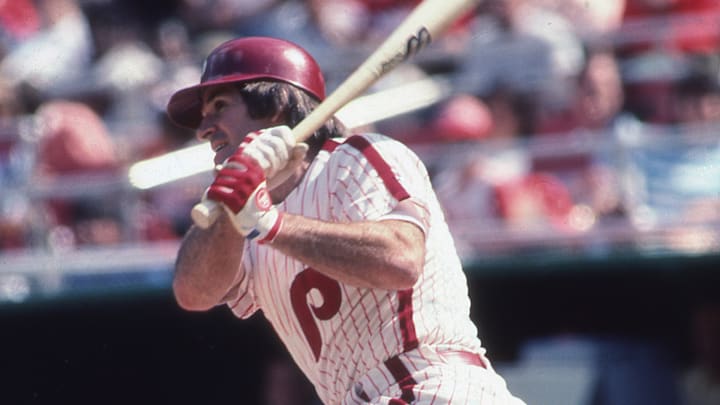No. 5: Phillies sign Mets' free agent Zack Wheeler on Dec 9 , 2019
Another free agent signing from more recent memory is the 2019 deal with ace pitcher Zack Wheeler. On Dec. 9, Fuld's predecessor Matthew Klentak inked the former New York Met to a five-year, $118 million contract, leading many to declare the Philadelphia Phillies as one of the winners of that year's Winter Meetings.
While the Phillies didn't make the postseason in his first two years in Philadelphia, it wasn't for lack of anything Wheeler did.
After going 4-2 with a 2.92 ERA in 11 starts during the COVID-shortened 2020 season, he came through for his new team in a big way in 2021. He pitched to a 14-10 record with a 2.78 ERA, led the Majors with 213 1/3 innings, and led the National League with 247 strikeouts. The right-hander finished second in Cy Young Award voting, was named to his first All-Star team, and even received MVP votes.
Paired with Aaron Nola, Wheeler and his 2.82 ERA helped carry the 2022 Phillies into the postseason and all the way to the World Series. Unfortunately, after a great run through the Wild Card, NLDS, and NLCS, he fell apart in the World Series and lost both his starts against the Astros with a 5.23 ERA.
In 2023, it seemed like the now 33-year-old was determined to make up for his failings the previous year. He was brilliant through his 13-6 campaign, finishing with the best fWAR (5.9) of all MLB pitchers. He finished sixth in Cy Young voting and earned his first Gold Glove Award.
Wheeler was absolutely brilliant in the playoffs this past October. He led the way for the Phillies' rotation with a 3-0 record, a 1.95 ERA, and a 0.72 WHIP with 35 strikeouts in 27 1/3 innings. That included his seven-inning, eight-strikeout gem in Game 5 of the NLCS against the Arizona Diamondbacks:
Wheeler is heading into his final year of the deal in 2024, and although there's been chatter about a possible extension, at this point, he has one more season to prove his Winter Meetings signing belongs higher on this list.
NEXT: A Winter Meetings robbery brought one of the franchise's top outfielders over from the White Sox.
